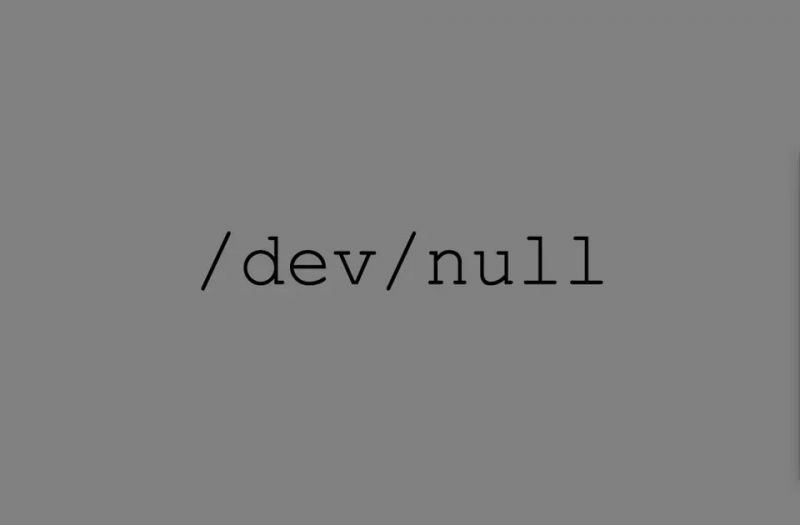In Linux and other Unix-like operating systems, /dev/null is a special file that serves as a “bit bucket” or “black hole” for data.
When a program writes to /dev/null, the data is discarded and not stored anywhere. Similarly, when a program tries to read from /dev/null, it immediately receives an “end of file” (EOF) indication, as if it had reached the end of a regular file.
This can be useful in a variety of situations. For example, if a program generates output that you don’t need or want to see, you can redirect it to /dev/null to discard it. Similarly, if a program requires input but you don’t have anything meaningful to provide, you can redirect input from /dev/null to provide an empty input stream.
The /dev/null device file is created automatically during system startup, and it is typically located in the /dev directory.
Examples of /dev/null
here are some examples of how to use /dev/null with common Linux commands:
- Redirecting command output to
/dev/null:
$ command > /dev/nullThis will run the command and redirect its standard output to /dev/null, effectively discarding any output.
- Redirecting command errors to
/dev/null:
$ command 2> /dev/null
The previous command will run the command and redirect any errors or error messages to /dev/null, effectively discarding them.
- Redirecting both command output and errors to
/dev/null:
$ command > /dev/null 2>&1This will run the command and redirect both its standard output and errors to /dev/null, effectively discarding both.
- Providing empty input to a command using
/dev/null:
$ command < /dev/nullIn this case, it will run the command and provide an empty input stream.
- Creating an empty file using
/dev/null:
$ touch /path/to/file > /dev/nullThis will create an empty file at the specified path, while discarding any output or errors that the touch command might generate.
These are just a few examples of how /dev/null can be used in Linux.
So, there are many other ways to use this special file. It depends on your specific needs and the commands you are using.



